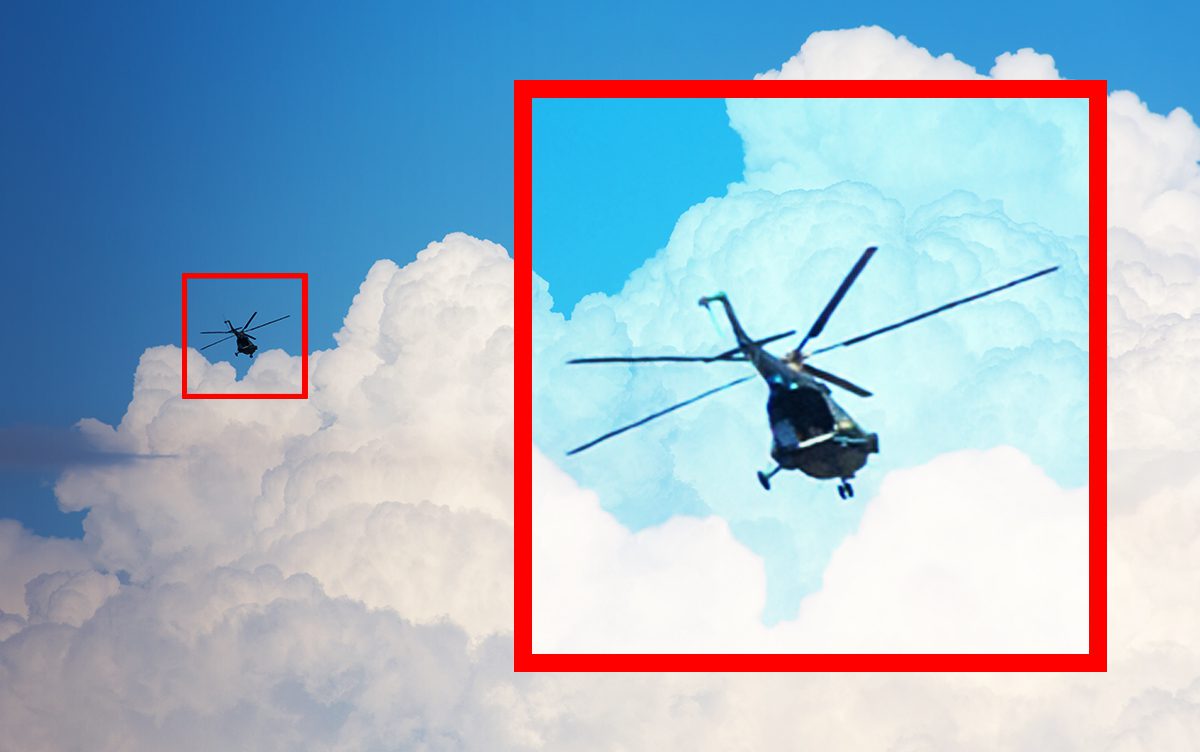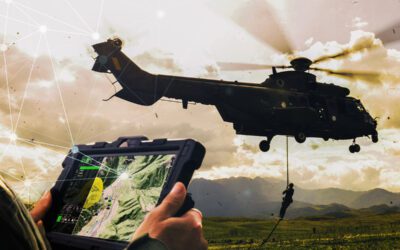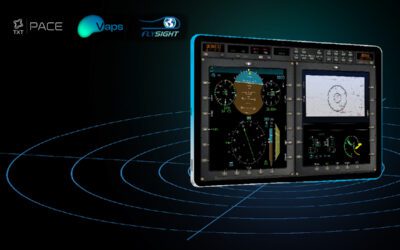Automatic target recognition (ATR) technology is poised to revolutionise the defence sector by enhancing situational awareness, accelerating decision-making processes and improving overall operational effectiveness. With its ability to rapidly identify and classify targets, ATR can significantly transform military operations and provide a strategic advantage on the battlefield.
What is automatic target recognition technology?
ATR technologies employ advanced AI applications to identify and designate targets based on data from a range of sensors, often including but not limited to infrared, thermal and radar. It is one of the most fascinating and potentially transformative ways the defence sector utilises AI. And its implementation will have drastic repercussions for the way conflicts are fought, managed and resolved.
Automating target identification
The most immediate and obvious way ATR technology will impact the defence sector is by streamlining and automating target identification. Historically, military personnel manually identified and assessed targets. This results in a time-consuming process that is error-prone and consumes much of an individual’s focus and energy.
ATR systems employ advanced algorithms and machine learning techniques to autonomously recognise and classify various targets, including vehicles, aircraft, and personnel, in real time. This capability reduces the burden on human operators, allowing them to focus on more critical tasks and make informed decisions quickly.
ATR technology enables militaries to detect enemy targets before they become aware of their presence. It helps mitigate threats to those on the ground by providing participants with a significant head start. Though target identification has long played a key role in military operations (radar detection systems are an excellent example), ATR’s speed and complex capabilities promise to drastically reduce human intervention in the process, making weapons systems more efficient, accurate and effective.
Enhancing situational awareness
By leveraging ATR technology, militaries can enhance situational awareness to unprecedented levels. ATR systems, when integrated with existing surveillance technologies such as drones, satellites and radars, provide a comprehensive, real-time account of the battlefield. And they contribute far more granular detail to that picture.
ATR systems can automatically detect and track targets, generate alerts for potential threats and continuously update situational information. The technology empowers decision-makers by providing them with more thorough and valuable situational data, enabling them to make more informed decisions, deploy resources effectively and respond with speed to changing scenarios.
Ultimately, this improves the overall efficacy of military operations, helps keep human participants safe and minimises the unknowns on the battlefield. Utilised in conjunction with other AI applications, ATR has the potential to shape the way militaries understand and engage with the battlefield environment.
Reducing non-combatant involvement
One of the principal weaknesses of manual targeting processes is that they are subject to human error. These errors can result in significant collateral damage and risk the lives of non-combatant civilians. As such, ATR technology also has the potential to minimise the damage suffered by non-combatants in military conflicts.
Equipped with precise target recognition capabilities, ATR systems differentiate between combatants and non-combatants, minimising the chances of accidental harm to innocents. By reducing human error and improving target discrimination, ATR helps ensure more accurate and responsible use of force, potentially enabling militaries to bring operations in line with international humanitarian and conflict laws and helping them meet their ethical obligations.
Developing unmanned and autonomous technology
The defence sector is investing significantly in unmanned and autonomous technology, and ATR systems play a pivotal role in equipping those technologies with the necessary capabilities. Unmanned Aerial Vehicles (UAVs) and Unmanned Ground Vehicles (UGVs) could radically alter how conflicts are fought and resolved, further distancing human actors from front-line participation and changing the nature of the risks involved in military engagements.
Autonomous systems equipped with ATR can operate in high-risk environments, conduct reconnaissance missions and engage hostile targets with minimal human intervention. This begs the question of what a fully remote conflict looks like and how victory is achieved.
Such technology expands the scope of operations to complex environments and dangerous terrain previously beyond the reach of modern militaries. Collaboration between unmanned vehicles and other autonomous military technologies will also facilitate the creation of powerful intelligence networks that can cover remarkably large areas and also share intel, coordinate actions and maximise outcomes in real-time.
Improving analytical capabilities
Implementing ATR technology will also lead to advancements in defence analytics. Put simply, AI applications generate vast amounts of data that can be used and analysed to refine, improve and develop AI models that enhance our understanding of the world around us.
This analytical capacity enables defence organisations to identify patterns, trends, and anomalies, resulting in improved operational strategies, more effective tactics and greater military preparedness. The ability to recognise threats before they are in a position to cause harm by analysing available data puts militaries utilising ATR technologies at a distinct advantage.
In this sense, ATR technology can help inform long-term strategy by contributing some of the data on which analytical models are trained and run.
Recognising the challenges
There is no question that ATR is transformative for the defence sector. While there are practical short-term applications that will drastically change battlefield capabilities, the technology will also radically alter how we think about military engagements. By facilitating the development of unmanned, autonomous military technologies, it poses questions about the nature of conflict in environments where human actors are distanced from the battlefield and removed from danger.
However, ATR technology also raises several other pressing questions and faces challenges it must overcome before widespread adoption. For instance, the accuracy and reliability of ATR systems must be rigorously tested to ensure minimal false positives or negatives, as erroneous target identifications can have severe consequences.
Additionally, cybersecurity measures must be robust to safeguard ATR systems from potential cyber threats that could compromise their functionality or exploit vulnerabilities. Concerns over how such technology will be deployed in less conventional battlefield environments, such as insurgencies and guerilla conflicts, must also be answered. In these instances, deeper questions concerning the definition of ‘legitimate targets’ are just as central as the technology’s ability to recognise them.
A revolutionary defence sector technology
In conclusion, automatic target recognition technology holds tremendous promise for the defence sector. By automating target identification, enhancing situational awareness and improving decision-making processes, ATR systems will transform military operations. From reducing human error to enabling autonomous platforms and improving defence analytics, ATR technology will undoubtedly shape the future of defence, providing military forces with a crucial edge in an increasingly complex and dynamic security landscape.
FlySight develops geospatial solutions that help defence sector organisations make the right decisions in mission-critical scenarios. Our multi-platform Processing, Exploitation and Dissemination (PED) platform, OPENSIGHT, contains the OPENSIGHT-ATR module, which assists with automatic target detection classification and identification. Offering real-time assistance to decision-makers when they need it most, we designed OPENSIGHT to meet defence sector needs in any operational scenario.





